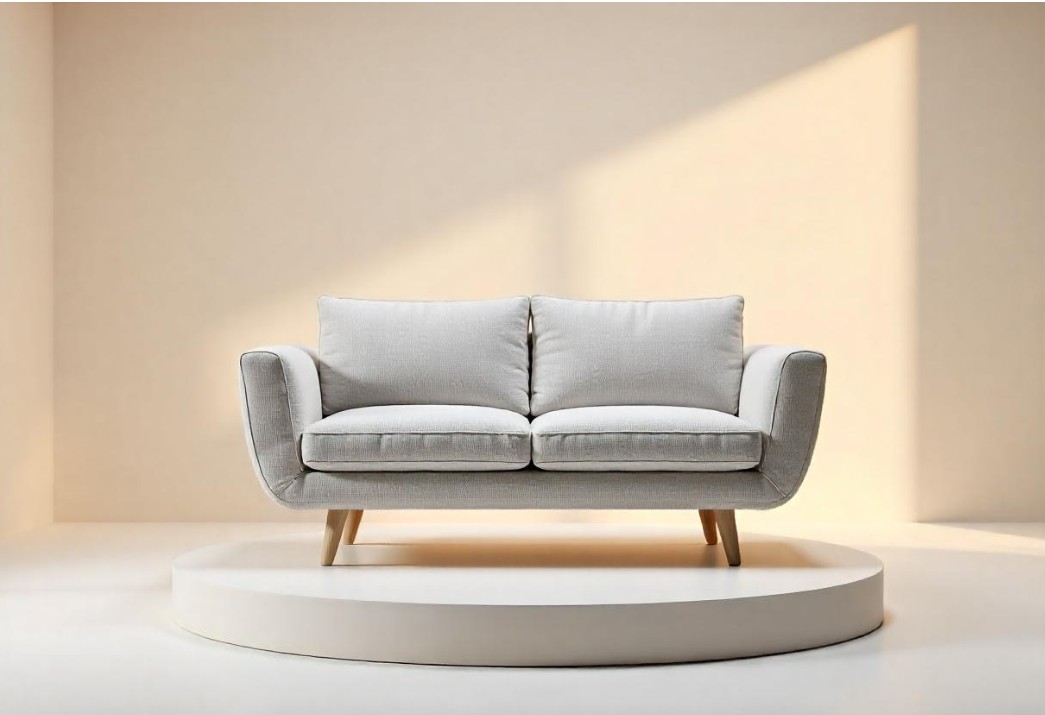In today’s digital-first marketplace, online shoppers expect more than static images and basic descriptions. They want to feel confident in their purchases, and that means experiencing a product as closely as possible to how they would in person. That’s where 3D product display for ecommerce is making a massive impact, changing the way brands showcase their products, helping customers see every angle, texture, and feature—without ever stepping foot in a store.
What is 3D Product Display?
3D product display involves creating interactive, three-dimensional models of products that customers can rotate, zoom into, and view from different perspectives. Unlike traditional photos, which offer only one or two angles, 3D displays give users full control over how they explore the item. Whether it’s a sneaker, a sofa, or a smartwatch, customers can manipulate the view to inspect details up close—much like they would in a physical store.
The technology behind this involves either scanning real-world items with 3D scanners or building the models from scratch using 3D modeling software. These digital assets are then integrated into eCommerce websites, where they can be viewed across devices without special apps or software.
Why It Matters for Online Retailers
The main advantage of 3D product display for ecommerce is that it bridges the sensory gap between physical and online shopping. This can be a game-changer for customer trust and conversion rates. When people can interact with a product in 3D, they’re more likely to feel confident about its quality and suitability—and less likely to return it.
A few key benefits include:
- Higher Conversion Rates: Shoppers who engage with 3D content often spend more time on the product page, leading to increased chances of making a purchase.
- Reduced Return Rates: When customers know exactly what they’re buying, they’re less likely to be disappointed when the item arrives.
- Improved Engagement: Interactive elements like 3D views keep users engaged longer, improving overall user experience and time on site.
- Competitive Edge: As more brands embrace 3D, early adopters stand out as innovative and customer-focused.
Use Cases Across Industries
3D product displays aren’t just for tech gadgets or fashion. Virtually every industry can benefit:
- Furniture: Customers can see how a chair or table fits into a space, even pairing it with augmented reality tools for an in-home preview.
- Apparel & Footwear: Brands can highlight textures, stitching, and form, helping customers visualize how items look from all angles.
- Jewelry: Close-up, 360-degree views let shoppers appreciate intricate details and craftsmanship that are hard to capture in photos.
- Automotive: From wheels to dashboards, 3D lets potential buyers explore car features online in great detail.
Challenges and Considerations
Implementing 3D product display for ecommerce does require some investment. Creating high-quality 3D models can be time-consuming, especially for brands with large or constantly changing inventories. There’s also a need to optimize models so they load quickly without sacrificing visual quality—site performance is still critical for keeping users happy.
However, tools and platforms are becoming more accessible, with some eCommerce platforms like Shopify, Magento, and BigCommerce offering native or third-party integrations. Additionally, advances in web technologies like WebGL make 3D content easier to render and more mobile-friendly than ever before.
Looking Ahead: A New Standard?
As more brands adopt this technology, it’s likely that 3D product display will become a new standard for online shopping. Much like high-quality photography and mobile responsiveness are now non-negotiable, immersive product visualization is on track to follow.
For eCommerce brands looking to stay ahead, the message is clear: customers don’t just want to shop—they want to experience. Offering that experience through 3D product display can mean the difference between a bounce and a sale.
Final Thoughts
The digital shelf is evolving, and expectations are rising. Static images are no longer enough in a world where shoppers crave clarity, confidence, and immersion. 3D product display for ecommerce isn’t just a flashy upgrade—it’s a practical solution to real customer needs, enhancing trust and improving buying decisions. For businesses ready to embrace the future of online shopping, the time to go 3D is now.
